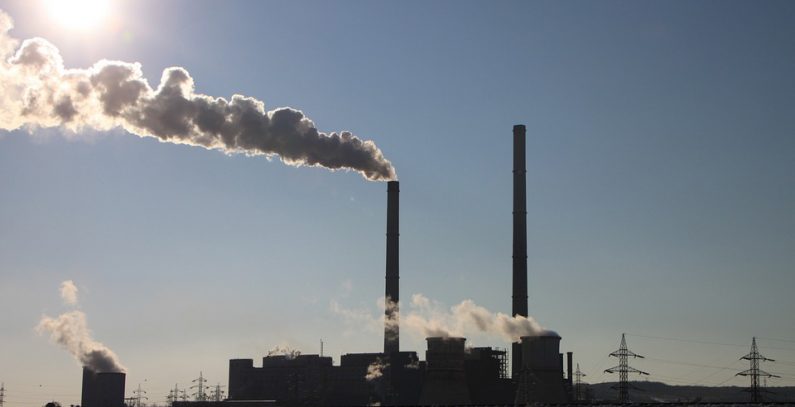
Photo: Pixabay
Share
Croatia will earn EUR 116 million from auctions of emissions allowances by 2020, of which EUR 110 million will be spent on the implementation of climate change mitigation and adaptation measures, while the remaining EUR 6 million will go to the state budget.
This, according to the Croatian media, is envisaged under the plan for the use of funds from auctions of emission allowances by 2020, adopted by the Croatian government. The plan has been adopted in accordance with provisions of the Law on Air Protection.
The EUR 116 million revenue projection is based on the anticipated price of emissions allowances and their anticipated amount to be sold through auctions.
“Croatia received 18,286,692 emissions allowances or 18.3 million metric tons of carbon dioxide by 2020. At the same time, it is estimated that the price of a metric ton of CO2 will be about EUR 6.3 euro on average from 2017 to 2020,” the Croatian media reported.
The EU Emissions Trading System (EU ETS) system was introduced in 2003 by the European Union in order to reduce greenhouse gas emissions in the industrial sector cost-effectively.
Under the system, countries issue a limited amount of emission allowances to companies, either through free allocation or auctions. Companies can trade allowances, with one emitting more CO2 than the number of allowances it has required to buy more allowances on the market and the one emitting less allowed to keep or sell its allowances.
The third phase of the EU Emissions Trading System
The EU ETS system covers the production of electricity and heat, refineries, steelworks and the production of iron, aluminum, metal, cement, lime, glass, ceramics, pulp, paper, cardboard, acids and bulk organic chemicals, as well as commercial aviation.
Croatia joined the EU ETS in January 2013, when the third phase of the EU ETS, which ends in 2020, started.
The third phase of the EU ETS has significantly stricter rules than the previous two. In the third phase, the energy sector can no longer receive any free allowances.
In 2020, emissions from sectors covered by the system are targeted to be by 21% lower than in 2005.









Be the first one to comment on this article.